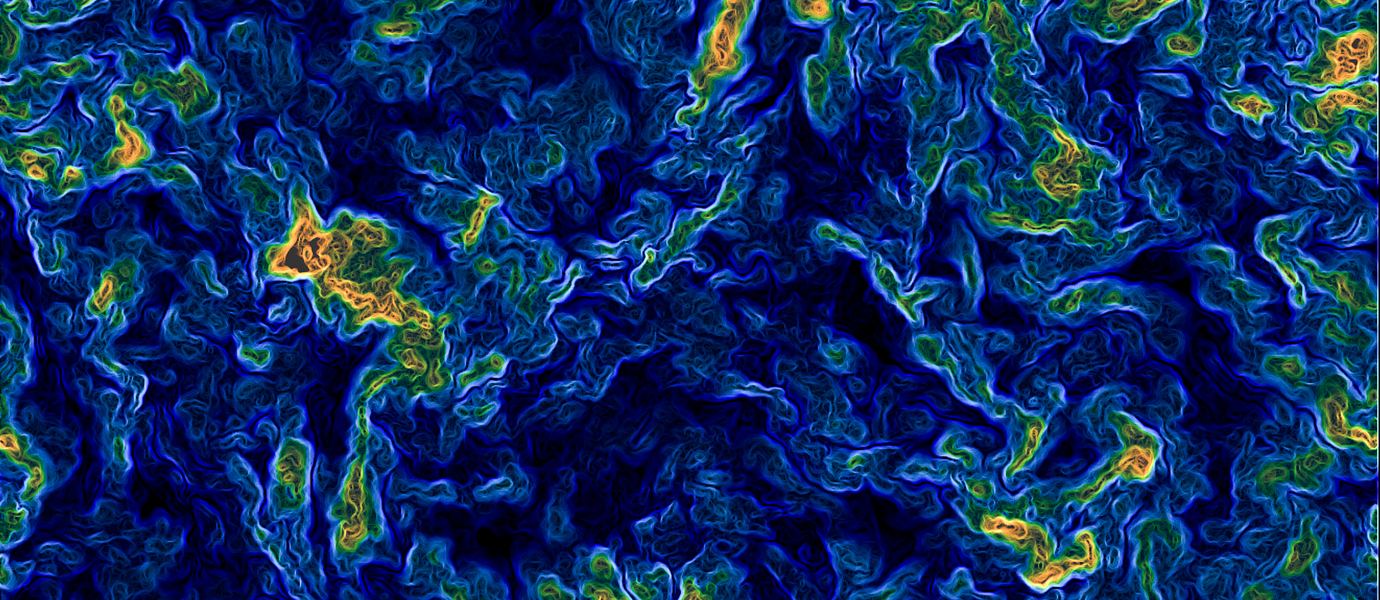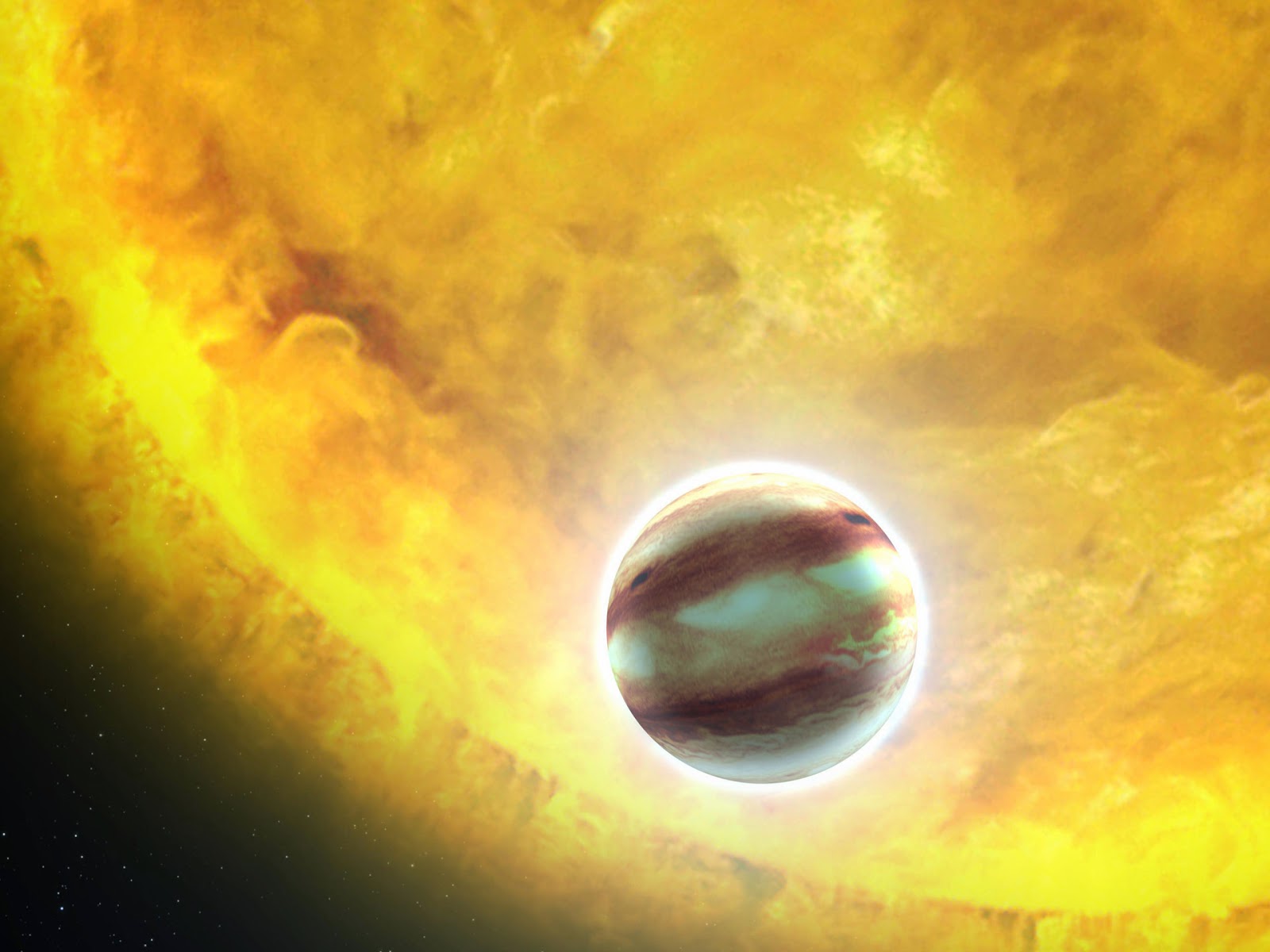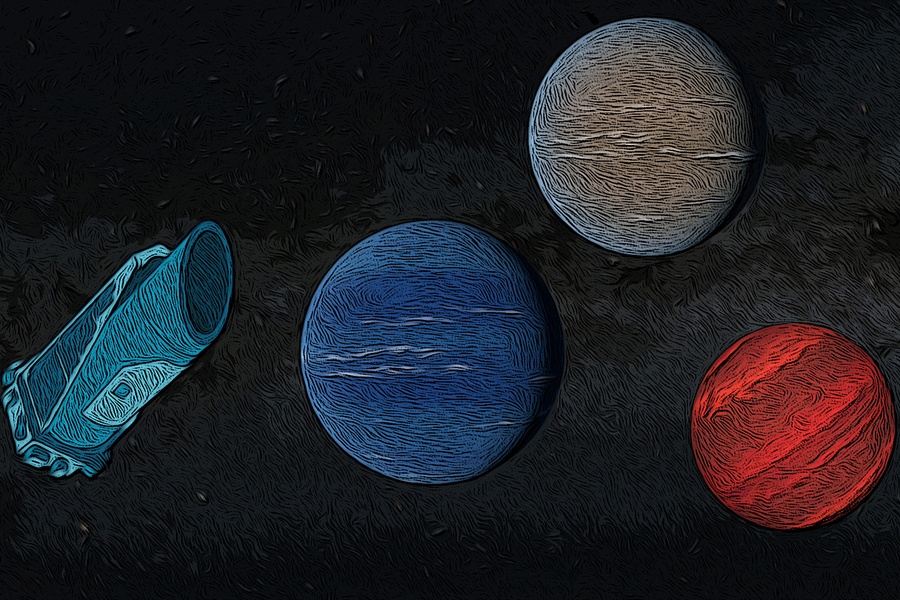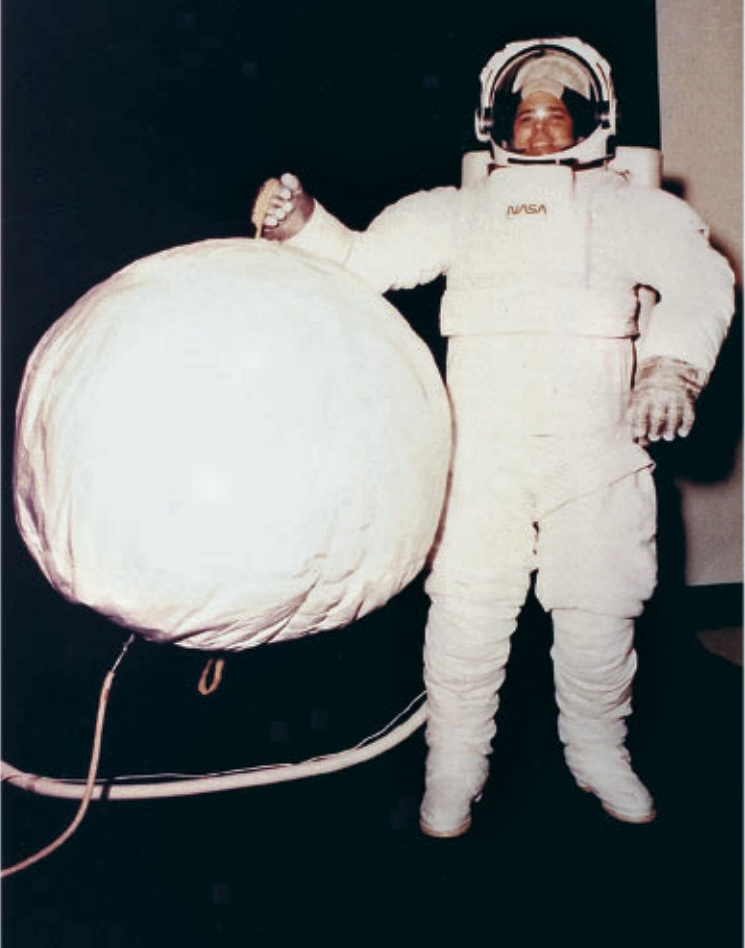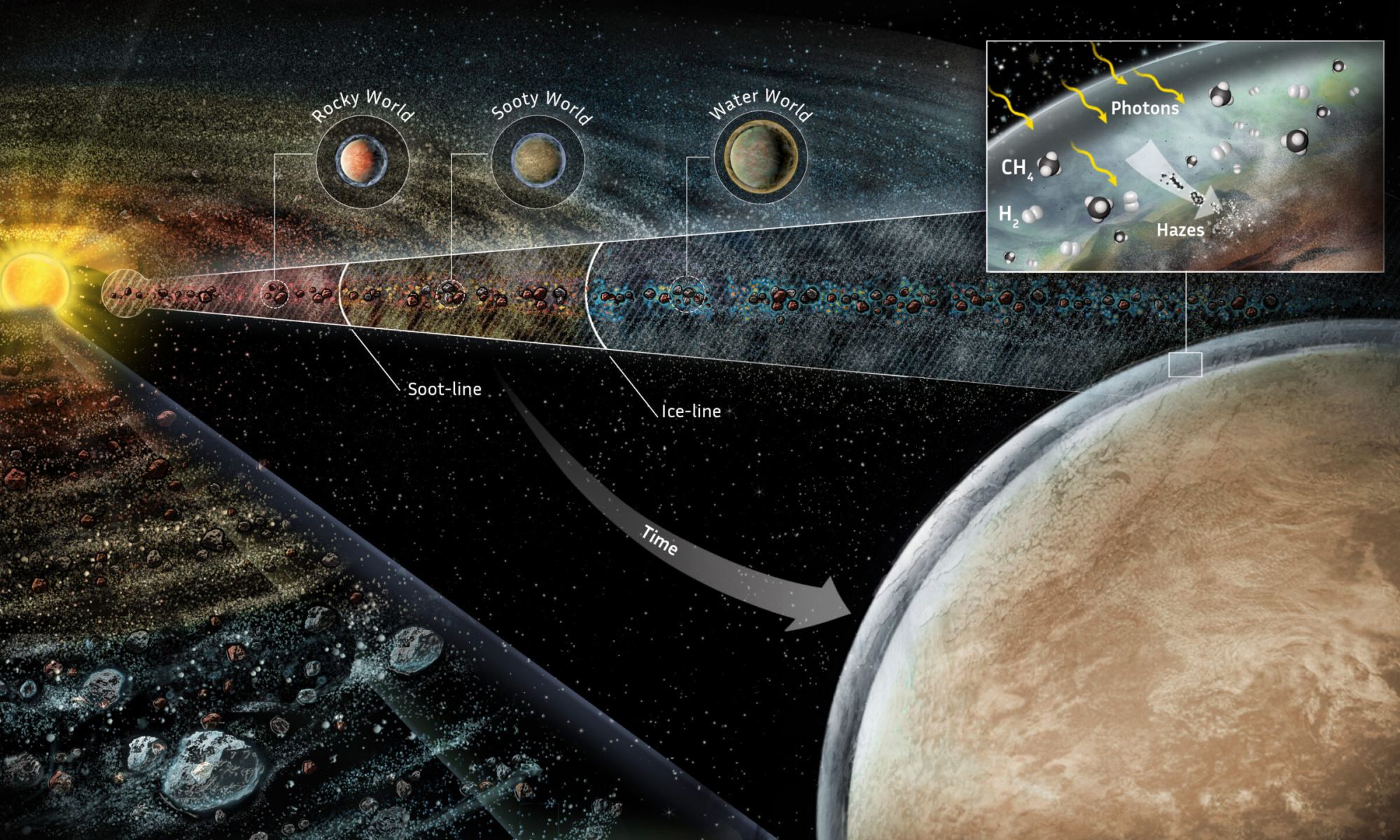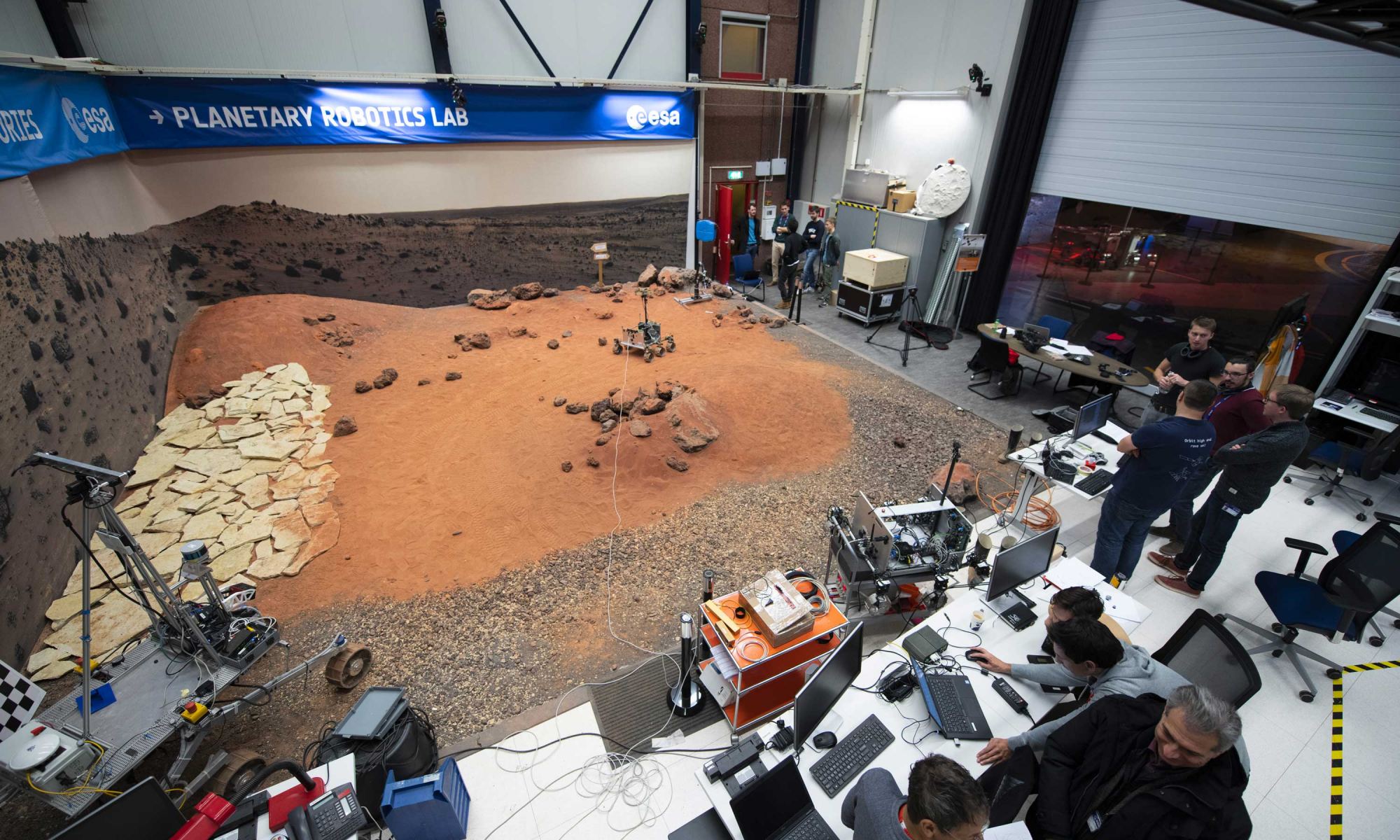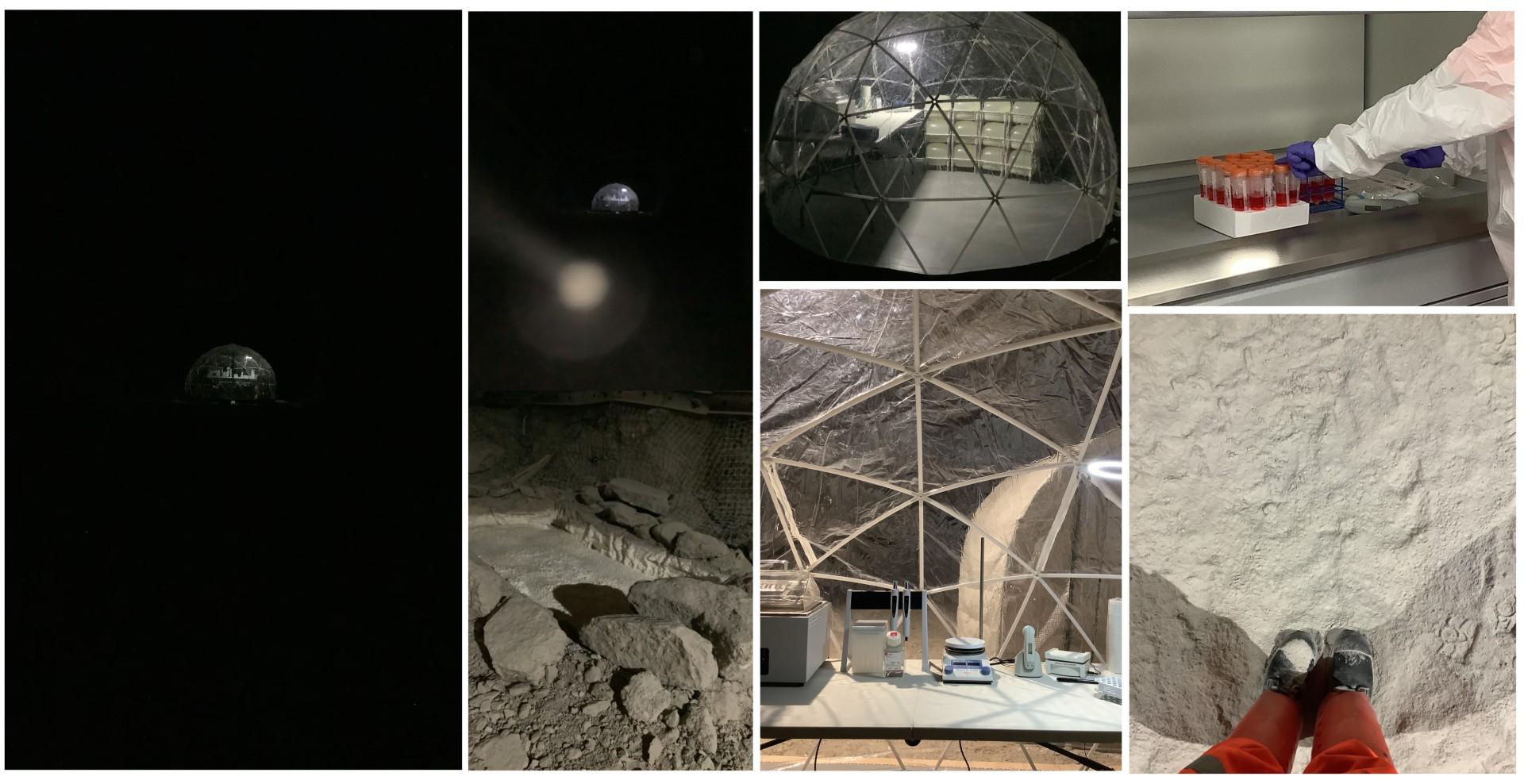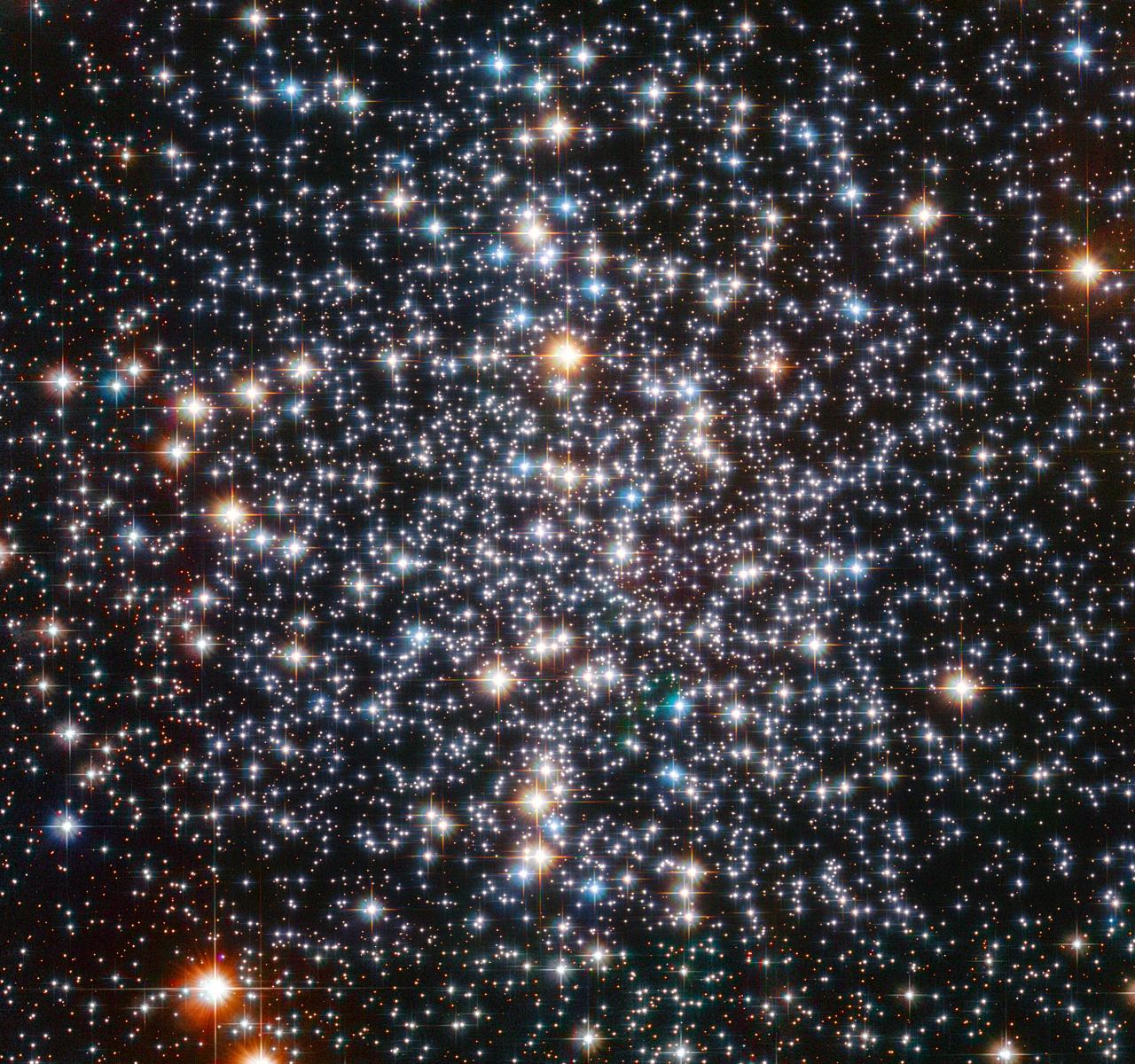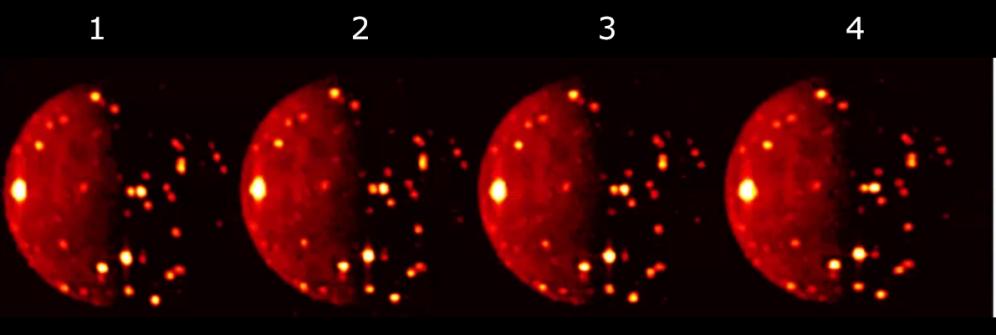Whenever something happens with Betelgeuse, speculations about it exploding as a supernova proliferate. It would be cool if it did. We’re far enough away to suffer no consequences, so it’s fun to imagine the sky lighting up like that for months.
Now the red supergiant star has brightened by almost 50%, and that has the speculation ramping up again.
Continue reading “Betelgeuse is Almost 50% Brighter Than Normal. What’s Going On?”

